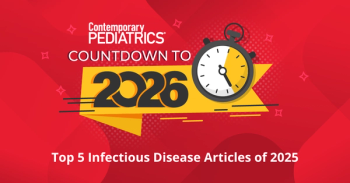
News Update: Rates of reported food allergies in kids have increased
If you suspect you've been seeing more children with food allergies in recent years, a new study suggests that you may be right.
If you suspect you've been seeing more children with food allergies in recent years, a new study suggests that you may be right.
An article in the December 2009 issue of Pediatrics reports on a cross-sectional survey of data from the 1997-2007 National Health Interview Survey, the 2005-2006 National Health and Nutrition Examination Survey, the 1993-2006 National Hospital Ambulatory Medical Care Survey and National Ambulatory Medical Care Survey, and the 1998-2006 National Hospital Discharge Survey. Researchers assessed information on food allergies and associated ambulatory care visits and hospitalizations for children aged <18 years.
From 1997 to 2007, the rate of food allergy in children increased significantly (P<.01). In 2007, 3.9% of children reported having experienced a food or digestive allergy during the previous year compared with 3.3% in 1997. The average number of ambulatory care visits associated with food allergies in children increased from 116,000 in 1993-1997 to 317,000 in 2003-2006 (P<.01). Hospitalizations with diagnoses related to food allergies in children also increased significantly between 1998-2000 and 2004-2006 (P<.01).
Newsletter
Access practical, evidence-based guidance to support better care for our youngest patients. Join our email list for the latest clinical updates.




